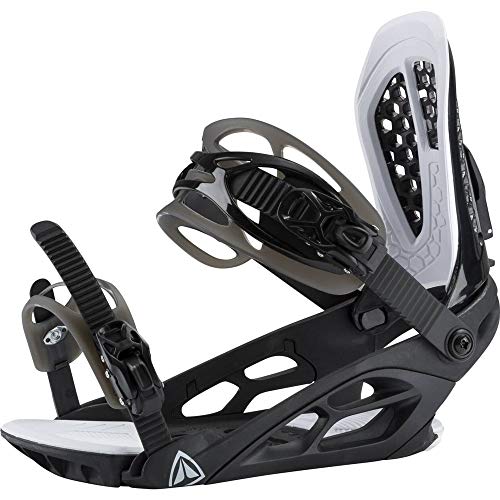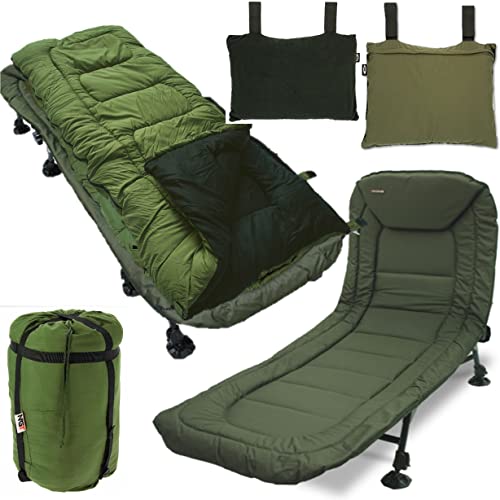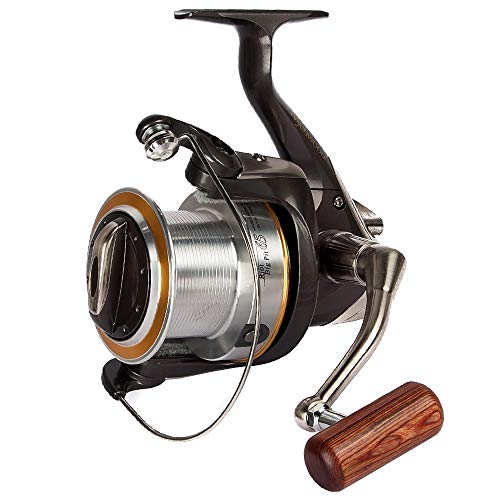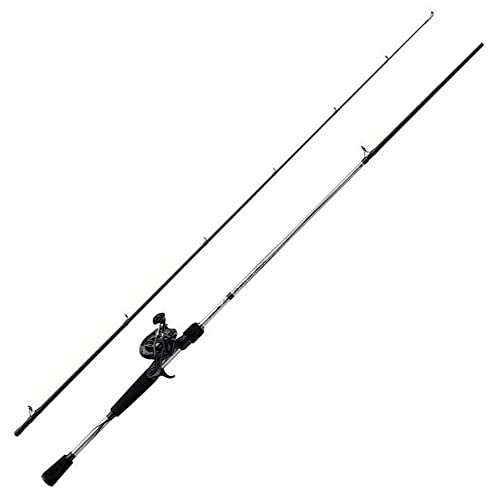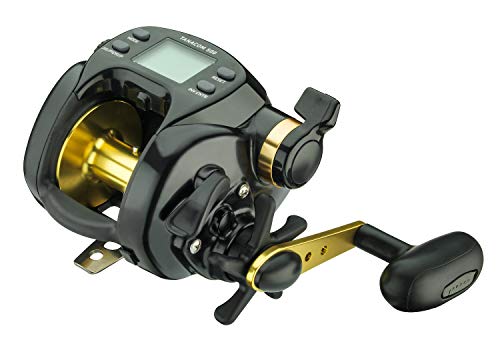Understanding Snowboard Bindings: Anatomy and Features
The Essential Parts of Snowboard Bindings
Snowboard bindings are crucial for connecting you to your board, and understanding their anatomy can enhance your riding experience. At a glance, they consist of a base plate, highback, ankle straps, toe straps, and buckles. The base plate secures the binding to the snowboard and offers stability. The highback provides support for your calves and helps you initiate turns while the ankle and toe straps secure your boots firmly in place. Buckles allow for easy adjustments, so you can find the perfect fit.
Key Features to Consider
Different bindings come with various features that can influence your ride. Look out for flex ratings, which indicate how stiff or flexible a binding is. Stiffer bindings offer more control for aggressive riding, while softer bindings provide comfort and flexibility, ideal for freestyle and beginners. Additionally, consider how the bindings release; some feature easy-entry systems which can be a game changer after a long day on the slopes.
Choosing the Right Size: A Step-by-Step Guide
Why Size Matters
Choosing the right size of snowboard bindings is essential for comfort and performance. Bindings that are too small can restrict movement and lead to discomfort, while those that are too big can cause a lack of control.
Measuring Your Boot Size
To find the proper binding size, first measure your boot size in UK sizing. Most brands will provide a size chart that correlates your boot size with the binding sizes. Always refer to these charts before making a decision. A common tip is to try to fit your boot into your chosen bindings beforehand; there should be minimal space but enough to allow you to wiggle your toes.
Considering Your Riding Style
Your personal riding style also plays a role in sizing. If you prefer a more flexible setup for tricks and leisure riding, you might lean towards slightly larger bindings. Conversely, if you value responsiveness and precision on steep terrains, opt for a snugger fit.
Types of Snowboard Bindings: Which One is Right for You?
The Three Main Types of Bindings
There are three main types of snowboard bindings: strap-in, rear-entry, and soft snowboard bindings. Strap-in bindings are the most common and comfortably secure your foot with straps. Rear-entry bindings allow you to step in from the back, providing convenience when getting on the hill. Soft bindings are typically more forgiving and best suited for freestyle riders or beginners, while hard bindings offer more support and precision for advanced riders.
Matching Bindings to Your Riding Style
If you enjoy carving on challenging slopes, consider hard or all-mountain bindings that provide better control. For those who spend their days in parks exploring jumps and tricks, soft bindings can enhance your flexibility and comfort while landing. Understanding your preferred style can guide you in choosing bindings that maximise your enjoyment on the mountain.
How to Install and Adjust Your Bindings for Optimal Performance
The Installation Process Made Easy
Installing snowboard bindings is typically straightforward. Start by positioning the bindings on your board where you’ve previously determined is right for your foot size and stance setup. Ensure the holes align with the base plate holes and use the correct screws to attach them. Tighten them securely, but avoid overtightening to prevent damage.
Adjusting for the Perfect Fit
Once installed, it’s crucial to adjust the straps and highback for your comfort. Slide your boot into the binding and adjust the ankle strap for a snug fit around your lower leg, making sure it’s not too tight to restrict circulation. The toe strap should fit securely over the top of your boot without pinching. Make all necessary adjustments in a comfortable position before hitting the slopes.
Maintenance Tips: Keeping Your Bindings in Top Shape
Routine Checks for Longevity
After every few outings, it’s wise to check your bindings for any signs of wear. Inspect the straps, buckles, and base plates for any cracks or irregularities. Keeping your bindings clean by wiping off any snow or dirt can prevent buildup and ensure they perform well.
Proper Storage Solutions
When the season ends, store your bindings in a dry, cool place. Make sure to loosen the straps to prevent them from getting compressed or damaged while not in use. Storing them properly helps extend their life and keeps them ready for the next winter.
Handling Adjustments and Repairs
Should your bindings need repairs or replacements, don’t hesitate to visit a professional. Many local shops offer servicing to fix buckles or replace worn parts efficiently.







